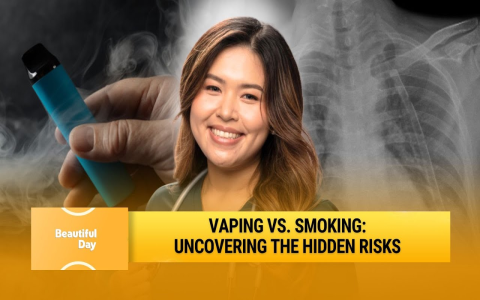Secondhand exposure to e-cigarette aerosol, commonly known as vapor, poses confirmed health risks to bystanders. Understanding the constituents of the aerosol is key to recognizing the dangers.
What is in Secondhand E-cigarette Aerosol?
- Nicotine: Easily absorbed by those nearby, contributing to addiction and potentially affecting adolescent brain development.
- Ultrafine Particles: Inhaled deep into the lungs, potentially causing or worsening respiratory diseases like asthma and bronchitis.
- Volatile Organic Compounds (VOCs): Such as formaldehyde and benzene, known carcinogens present in varying levels.
- Heavy Metals: Including nickel, tin, and lead, shed from device components.
- Propylene Glycol/Glycerin: While generally considered safe for ingestion, inhalation effects on bystanders are less studied.
- Flavoring Chemicals: Many diacetyl and other compounds are linked to serious lung damage when inhaled.
Documented Health Risks to Bystanders
- Respiratory Irritation: Eye, nose, throat irritation, coughing, and wheezing are common immediate effects.
- Asthma Exacerbation: Exposure significantly increases asthma symptoms and the likelihood of attacks.
- Cardiovascular Effects: Nicotine exposure constricts blood vessels and increases heart rate and blood pressure.
- Potential Long-Term Harm: Chronic exposure to carcinogens and ultrafine particles may increase long-term risks for heart and lung disease, though research is ongoing.
Particularly Vulnerable Groups
Children, pregnant women, individuals with pre-existing respiratory or cardiovascular conditions, and the elderly face heightened risks. Nicotine harms developing brains, fetal growth, and is especially problematic for those with compromised health.

Not Just “Harmless Water Vapor”
While distinct from cigarette smoke, secondhand aerosol is not safe. It contains numerous harmful and potentially harmful substances suspended in fine particles. Ventilation helps but does not eliminate exposure.
Conclusion: E-cigarette aerosol is not harmless to bystanders. It delivers nicotine, ultrafine particles, toxic chemicals, and carcinogens, causing immediate irritation and potentially contributing to significant long-term health problems. Protecting non-users, especially vulnerable populations, from involuntary exposure is a critical public health consideration.









